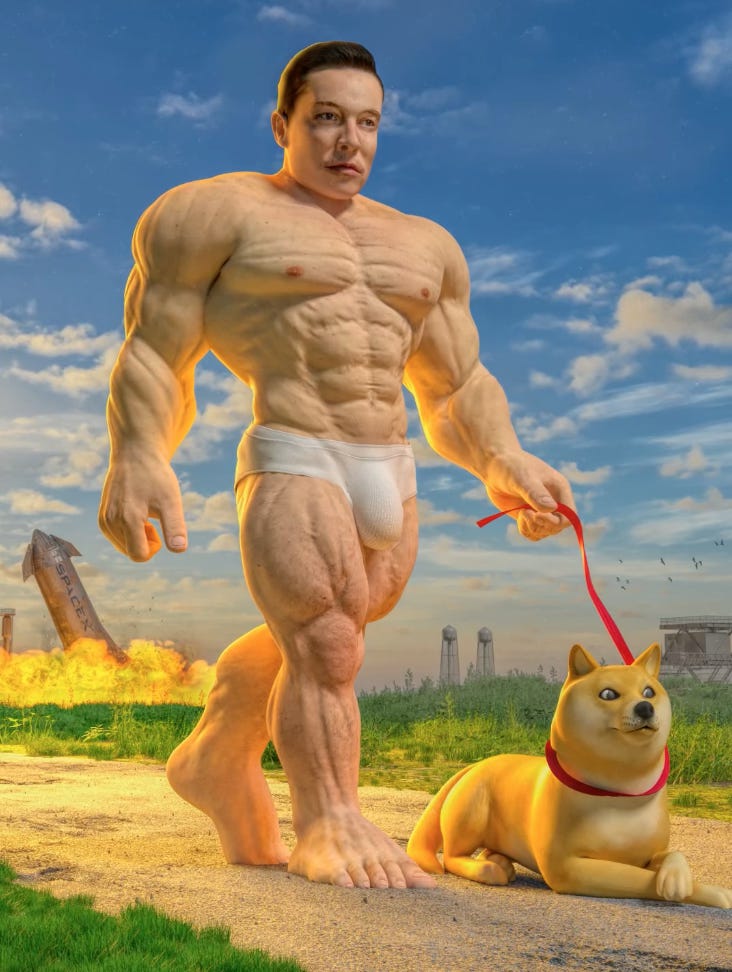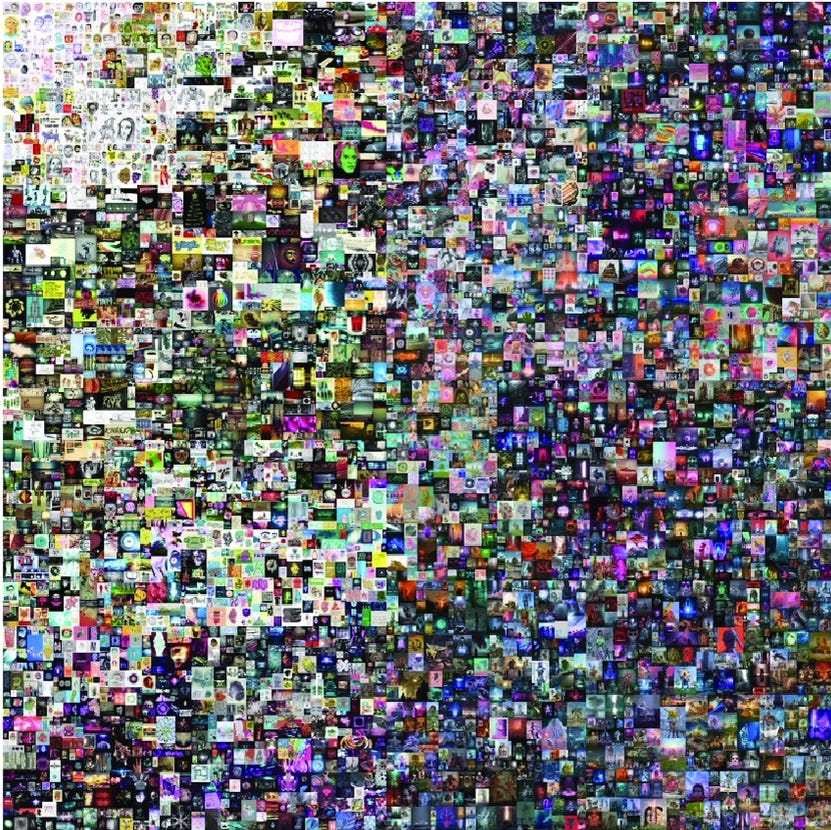Beeple: Redefining Art in the Digital Age
In the rapidly evolving landscape of contemporary art, few figures have made as seismic an impact as Mike Winkelmann, better known as Beeple. A digital artist, graphic designer, and animator, Beeple has not only redefined what it means to create art in the 21st century but has also played a pivotal role in legitimising digital art within the traditional art world. His rise from an online creator to a globally recognised artist reflects a broader shift in how society perceives art, value, and technology.
The Origins of a Digital Pioneer
Born in 1981 in Charleston, South Carolina, Beeple’s journey into the art world began far from the traditional pathways of gallery circuits and art academies. A graduate of Purdue University with a degree in computer science, Winkelmann was largely self-taught in design and animation. In 2007, he embarked on a personal project that would become legendary in the digital art community: “Everydays.”
The concept was simple yet profoundly disciplined—create a new piece of digital art every single day. Over the years, this daily practice not only refined his technical skills but also became a visual diary, documenting the evolution of his style. From abstract 3D compositions to satirical pop culture mashups and dystopian landscapes, Beeple’s work reflected a blend of surrealism, dark humour, and sharp social commentary.
Breaking the Art Market: The $69 Million Moment
Beeple’s name exploded into mainstream consciousness in March 2021 when his digital collage “Everydays: The First 5000 Days” was auctioned at Christie’s for a staggering $69.3 million. This sale was groundbreaking—not just for the price tag, which positioned him among the most valuable living artists—but because the artwork was sold as an NFT (Non-Fungible Token).
NFTs, digital certificates of authenticity secured by blockchain technology, had been gaining traction, but Beeple’s sale catapulted them into the global spotlight. For the first time, a purely digital artwork was treated with the same reverence and financial weight as traditional paintings and sculptures. This event sparked a gold rush in the NFT space, attracting not only artists and collectors but also investors, technologists, and skeptics alike.
The Aesthetic of the Digital Age
Beeple’s art is a reflection of the chaotic, hyperconnected world we inhabit. His pieces often depict dystopian, sci-fi-inspired environments populated by grotesque figures, decaying icons of consumer culture, and darkly humorous narratives. Political satire is a recurring theme, with works featuring distorted caricatures of world leaders, critiques of corporate power, and explorations of humanity’s relationship with technology.
While some critics dismiss his style as overly commercial or reliant on shock value, others argue that this is precisely the point. Beeple’s work doesn’t strive for timeless beauty; instead, it captures the fleeting, meme-driven, often absurd realities of the digital age. His aesthetic embraces imperfections, glitches, and the overwhelming flood of information that defines modern life.
Criticism and Controversy
With fame comes scrutiny, and Beeple has faced his share of criticism. Some art critics question the artistic depth of his work, viewing it as more of a digital spectacle than a profound commentary. Others critique the environmental impact of blockchain technologies used in NFTs, which require significant energy consumption.
Moreover, the speculative frenzy around NFTs has led to debates about the commodification of art. Is Beeple’s success a triumph of artistic innovation, or is it emblematic of a market-driven bubble where art is reduced to a financial asset? Beeple himself has been candid about these questions, often acknowledging the absurdity of the art market while continuing to push its boundaries.
Beyond NFTs: The Future of Beeple
Despite the association with NFTs, Beeple’s ambitions extend beyond the digital marketplace. He has ventured into physical installations, blending digital projections with large-scale sculptures. His Beeple Studios, launched in Charleston, serves as a hybrid space for digital art exhibitions, immersive experiences, and community events, blurring the lines between virtual and physical art forms.
Beeple’s influence is undeniable. He has inspired a new generation of digital artists, legitimised digital art as a collectible medium, and challenged traditional institutions to rethink their definitions of art and value. Whether seen as a visionary, a provocateur, or a product of his time, Beeple’s work forces us to confront uncomfortable questions about art in the digital age: What is originality when everything is infinitely reproducible? What is ownership in a world where images can be copied with a click? And perhaps most provocatively—what is art, if not the reflection of the world we live in?
Beeple’s story is not just about digital art or NFTs; it’s about transformation. He represents a bridge between the analog past and the digital future, challenging the art world to evolve alongside technology. Love him or loathe him, Beeple’s work has sparked a global conversation that won’t be fading anytime soon. In a world obsessed with the ephemeral, that might be his greatest masterpiece.





